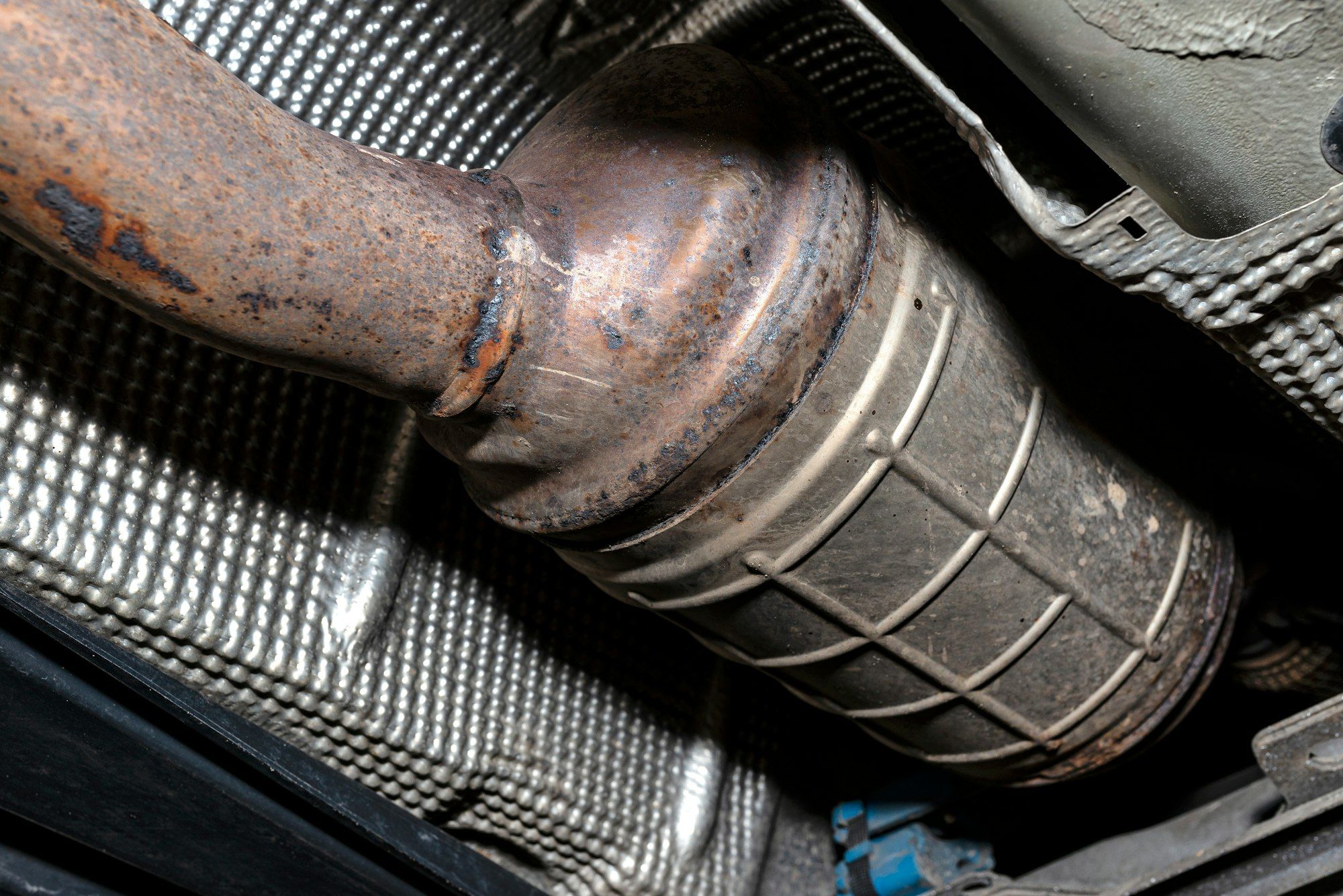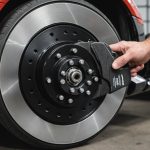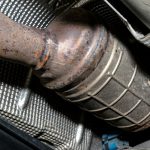Diesel vehicles, a common sight on British roads, come with their own set of unique maintenance requirements. One critical component of a diesel vehicle that requires regular attention is the Diesel Particulate Filter (DPF). This filter is responsible for eliminating the soot particles from the vehicle’s exhaust emissions. Regular cleaning of this filter is essential for the optimum performance of the car, but what exactly is the best method for cleaning a DPF in a British diesel car? Let’s delve into this topic, covering everything from understanding the DPF to exploring various cleaning methods.
Understanding the Importance of the Diesel Particulate Filter
The Diesel Particulate Filter (DPF) plays a critical role in maintaining the clean operation of your diesel vehicle. It works by filtering the soot particles that are produced during the combustion process in the engine. These particles, if left unchecked, can build up in the engine and exhaust system leading to reduced vehicle performance and potential damage to the engine.
In the same genre : How to select and integrate advanced Bluetooth audio systems in older UK vehicles?
A blocked or dirty DPF can trigger a warning light on your car’s dashboard, signify that the filter requires attention. This warning signal should not be ignored as it can lead to more serious problems, including reduced fuel efficiency, loss of power, and in extreme cases, total engine failure. Moreover, too much soot in the DPF may also cause a failed MOT test, creating an inconvenience for you.
To avoid these issues, regular cleaning of the DPF is necessary. But before we delve into the cleaning methods, let us understand the process of DPF regeneration.
This might interest you : What are the essential considerations when selecting a steering wheel cover for a UK luxury car?
The DPF Regeneration Process
Diesel Particulate Filters get rid of the accumulated soot through a process known as regeneration. Regeneration is the process by which the soot particles in the DPF are burnt off at high temperatures, converting them into a smaller quantity of ash.
There are two types of regeneration: passive and active. Passive regeneration takes place when the vehicle is being driven at high speeds for long periods, such as on a motorway. The high exhaust temperature helps burn off the soot particles. Active regeneration, on the other hand, is a process carried out by the vehicle’s engine control unit (ECU) when it senses the DPF getting blocked with soot. During active regeneration, additional fuel is injected into the engine to increase the exhaust temperature and burn off the soot.
However, for various reasons such as frequent short journeys or stop-start city driving, the regeneration process might not happen as often as it should. This results in soot accumulation, necessitating manual cleaning.
Professional DPF Cleaning Service
One common method to clean the DPF is to avail professional DPF cleaning service. Numerous garages across Britain offer this service where the filter is removed from the vehicle and cleaned using specialised equipment and cleaning solutions. This service is quite thorough and can remove a significant amount of soot and ash buildup.
Professional cleaning is particularly recommended if the filter is heavily clogged, as trying to clean it yourself in such a case could lead to damage. However, the cost of this service can be high, potentially running into several hundred pounds. Therefore, it’s worth checking if your car insurance covers such maintenance costs.
DPF Cleaning Kits
For those who prefer a DIY approach, DPF cleaning kits are widely available on the market. These kits typically include a cleaning fluid that needs to be sprayed into the filter, either through the sensor hole or directly into the exhaust. After the application, the vehicle should be driven for about 20 minutes at high speeds to allow the cleaning fluid to work and the filter to regenerate.
While this method is quite cost-effective and convenient, its efficacy depends on the extent of the filter blockage. In cases of severe clogging, a cleaning kit may not be able to clear the filter completely, necessitating professional help.
Using Fuel Additives
Fuel additives are another option you can consider for maintaining a clean DPF. These additives, which need to be added to your fuel tank, work by lowering the temperature at which the soot particles burn off during the regeneration process. This means that regeneration can occur more frequently, even during short journeys or city driving.
While fuel additives can help prevent the DPF from getting blocked, they may not be effective in cleaning a filter that is already heavily clogged. Therefore, they should be used as part of regular vehicle maintenance rather than a solution to a blocked DPF.
In sum, maintaining a clean DPF is crucial for the smooth running of your diesel vehicle. Whether you choose to use a professional service, a cleaning kit, or fuel additives, remember that regular cleaning and maintenance can save you from costly repairs and ensure your vehicle remains compliant with emission standards.
Preventive Measures to Avoid DPF Clogging
Consistent cleaning practice and regular maintenance are key to keep your DPF in a healthy state. However, prevention is always better than cure. There are several habits and practices you can adopt to avoid your DPF from getting clogged frequently.
Firstly, try to choose routes that allow for consistent high-speed driving, even if they are slightly longer. This practice encourages passive regeneration, helping burn off soot particles regularly. Secondly, avoid frequent short trips as they do not provide the engine enough time to heat up and initiate the DPF regeneration process.
You can also consider using high-quality diesel fuel and engine oil. Both these elements can have a direct impact on the amount of soot produced by the engine. Diesel fuel with a high cetane number can result in a cleaner burn, producing fewer soot particles, while high-quality engine oil can keep the engine clean and running efficiently, reducing the quantity of soot.
Lastly, always pay attention to the DPF warning light on your dashboard. As soon as this light illuminates, it’s a clear message from your car that your DPF filter needs attention. Ignoring this could lead to the DPF getting severely clogged and eventually causing damage to the exhaust system and engine.
Conclusion: What Is the Best Method for Cleaning DPF in a British Diesel Car?
In the quest to find the best method for cleaning DPF in a British diesel car, we’ve discussed several techniques, including professional DPF cleaning service, DPF cleaning kits, and use of fuel additives. Each of these methods has its own set of advantages and limitations, and the best method depends on the severity of the DPF clog, your budget, and your familiarity with the car’s components.
A professional cleaning service is the most thorough and reliable method, especially when the DPF is heavily clogged. However, it can be a bit pricey. The DIY approach with a DPF cleaning kit can be cost-effective and convenient, but its effectiveness is limited to less severe clog situations. The use of fuel additives is more of a preventive measure rather than a cleaning solution, and it’s best used as part of regular car maintenance.
However, the key takeaway here is that, regardless of the method, regular cleaning and maintenance of your car’s DPF are essential to ensure its smooth running, longevity, and compliance with emission standards. By taking preventive measures, understanding the warning signals, and adopting an appropriate cleaning method, you can keep your British diesel car running efficiently and avoid costly repair charges.
On this note, it’s worth remembering that the DPF is not just a component of your car; it’s an integral part of the car’s exhaust system that ensures your vehicle’s emissions are within the legal limits. So, keep an eye on your DPF warning messages, keep your diesel particulate filter clean, and your drive will remain smooth and hassle-free.











